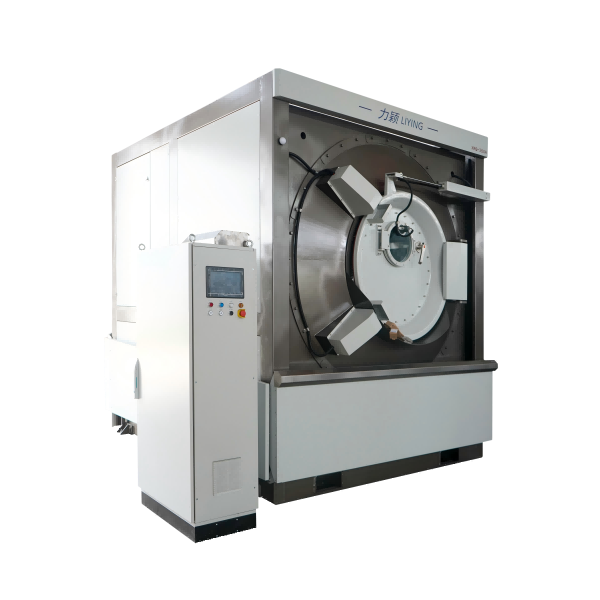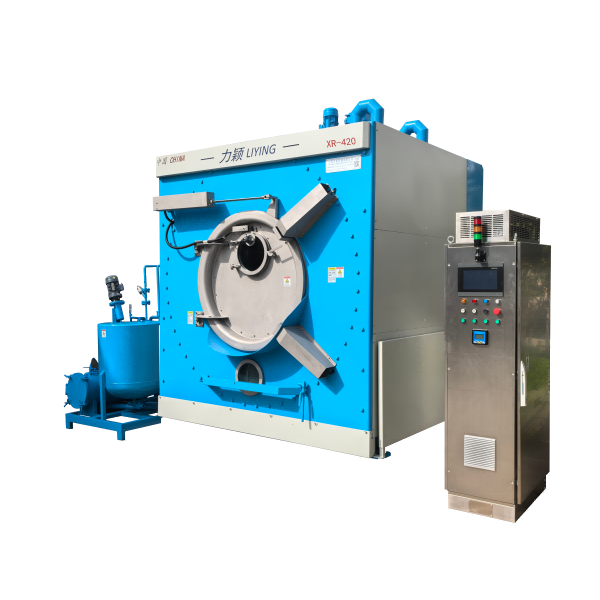



Our dryers make different wave effects at the passages of machine according to necessities of a perfect drying process. Fabric can get effect for shrinkage and soft handling after the humidity reduced approximately 20% – 30%. With this feature the type of our fabric waves are different according to number of passages. For example, at the first pass there are small and uniform sinusoidal waves to get more drying capacity and reduce the humidity of fabric without any stretching. At the second pass our dryer gives bigger and stronger wave effects to fabric with more reduced humidity of fabric. Finally, last pass is most important for shrinkage and soft handling effects. Therefore our dryers make strong and un-uniform wave effects at the last pass. As an option at the 1st chamber of last pass, there is air jet tumbling system to give extra effects to fabric, by the beating fabric between two conveyor belts with switched hot air circulation. After finishing drying effect process, fabric comes to wooden (which is produced by special woods) cooling belt with last over feeding. The temperature of fabric reduces aprox. 80 C/100 C to 40 C/50’C while transferring to platter on this wooden belt, that means our effects has been protected after process, before plating of fabric into fabric trolley. If this last over feeding should not be, the effects of fabric should be damaged by the stretching with 80-100’C fabric temperature. The exhaust system of our dryers has been specially calculated and designed according to each dryer type. Our each exhaust fan has been projected and produced according to specifications of its dryer that means we don’t use same exhaust fan type for the all model of dryers. Therefore our dryers use the heat energy very economically. If one of our dryer is running with 90% full conveyor belt widths then no need any exhaust energy saving system because of our calculations and design. Furthermore, the exhaust system has been protected from the dust by the stainless steel filters. The conveyor belts edge control system of our machine has been specially designed. The system is working by electro-pneumatic equipment from both sides. By this way belts can get equal tension from both sides for the direction control and they can keep their woven structure form during their whole life without any deformation.